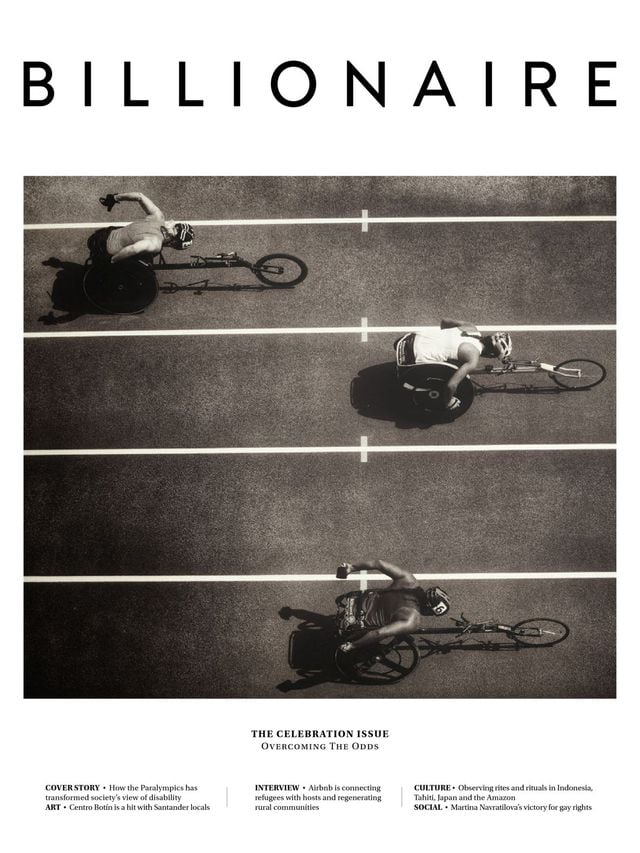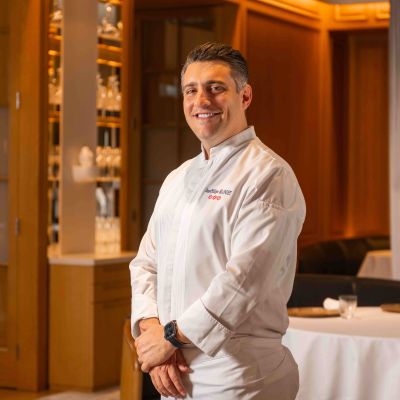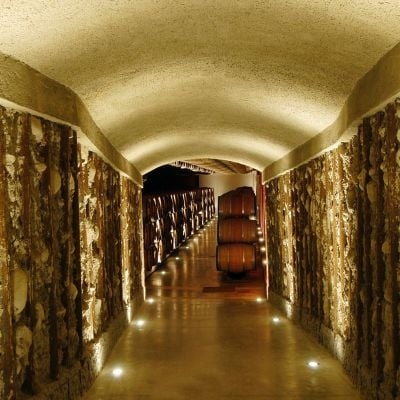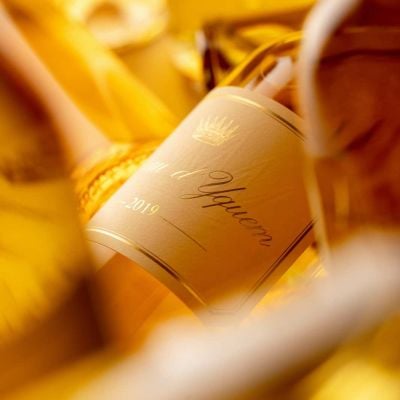Wild Foraging With Chef René Redzepi
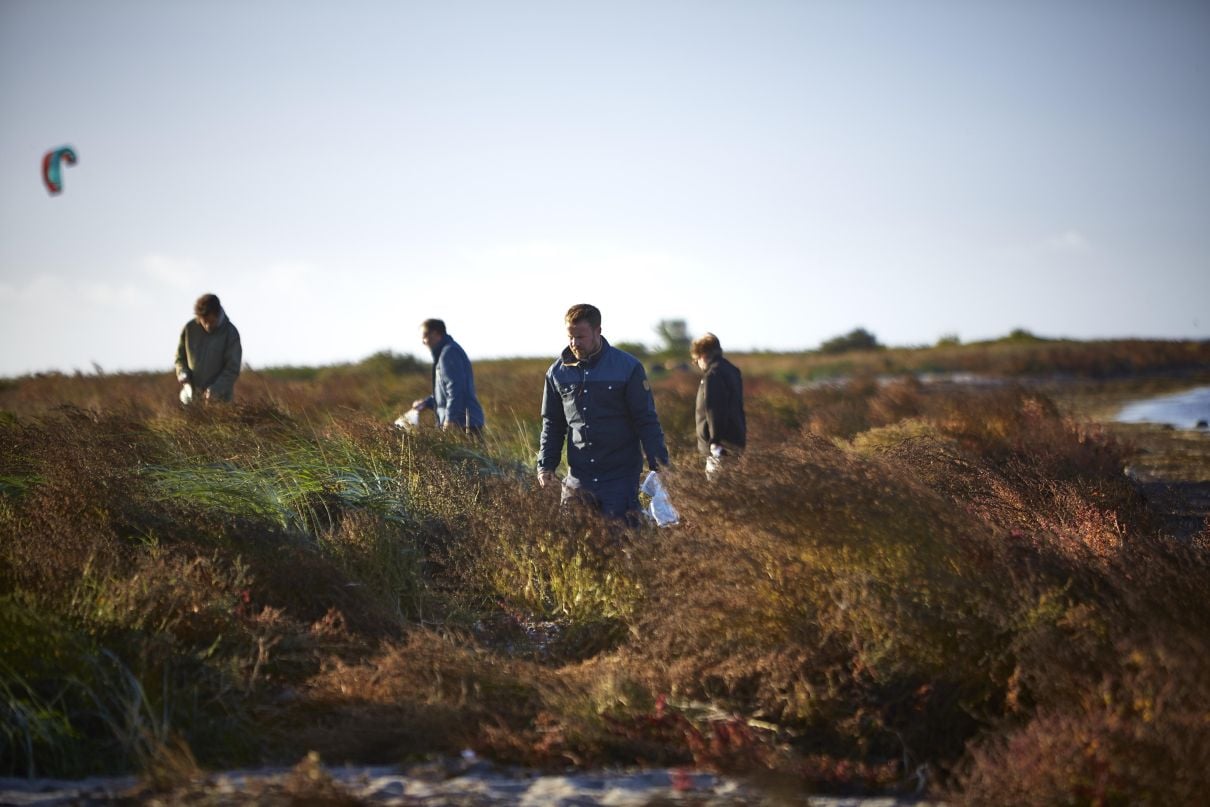
A Danish initiative led by chef René Redzepi is blazing a trail for the foraging of wild food.
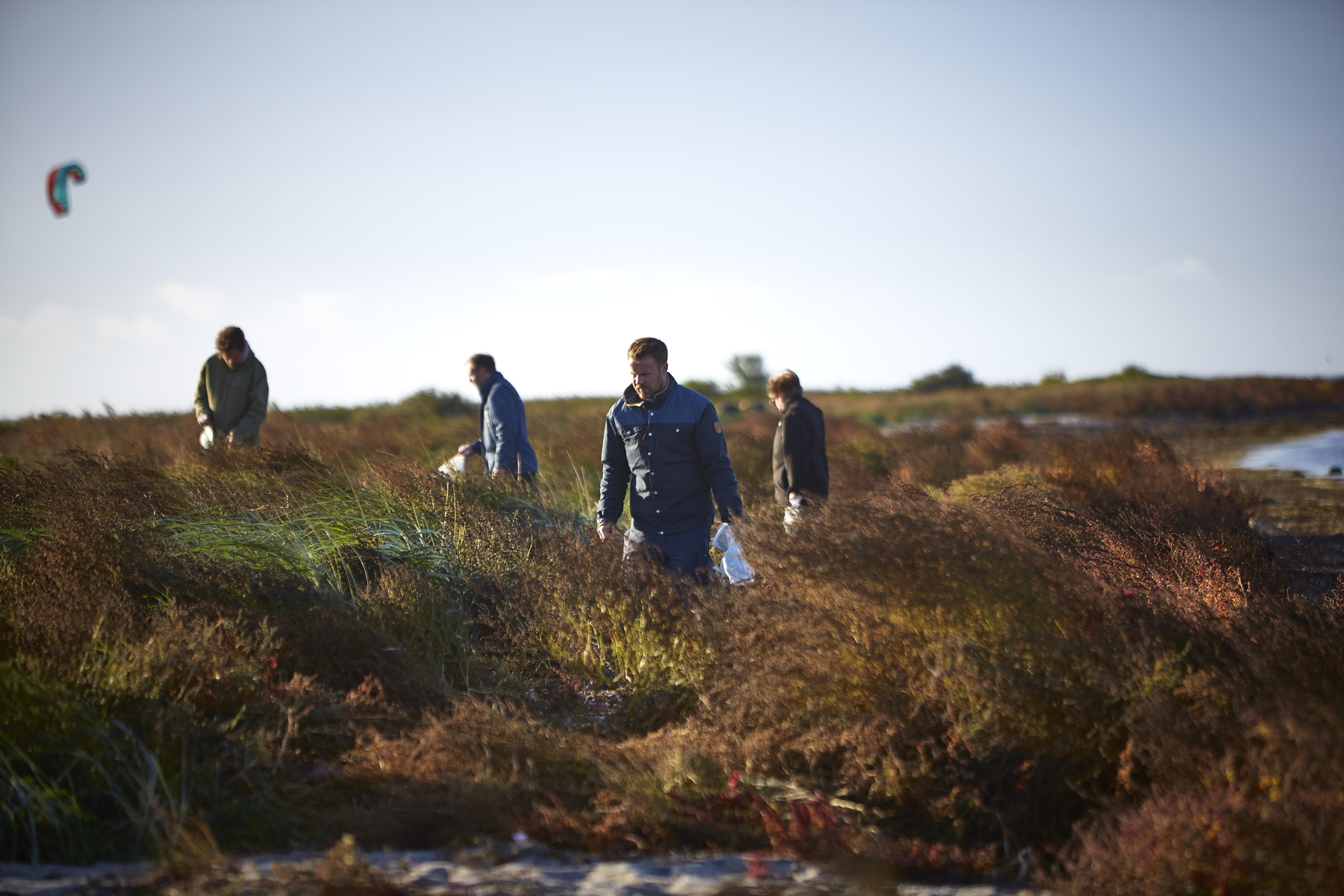
Imagine heading to the great outdoors to forage the necessary ingredients for a 100 percent local dinner. We’re talking here about flowers, sustainable vegetables and wild herbs. Many people are familiar with collecting wild mushrooms and bunches of flowers, yet preparing a whole dinner out of ‘what nature grows naturally’ still seems a somehow far-fetched notion.
However, a Danish initiative, Vild Mad (which is Danish for ‘wild food’), is bringing that appetising idea closer to reality. The programme was launched under the aegis of Mad: a non-profit founded by chef René Redzepi (from Noma restaurant in Copenhagen) with the goal of connecting people to nature and the landscape. Vild Mad was launched in August 2017, along with a free mobile app that catalogues over 105 wild plants found in the Nordic region, a curriculum for Danish schools, and foraging workshops led by rangers around Denmark.
“Vild Mad is based on the premise that together we can create a new value system for food built upon a connection with the land and where our food comes from. We believe that passing on these values to our children is a key part of a better future,” says Redzepi. “We want to teach people of all ages to read the landscape and to discover its culinary potential — how to identify what is edible, how to harvest, how to cook what you find, and how to take care of nature while foraging. Imagine if our kids were able to stroll through the wild and pluck things as we do from supermarket shelves? Discovering flavours such as wild mustard growing along the shore; pineapple weed growing in the sidewalks; or ants that taste like lemon. If our kids are enriched by nature, if they see how much we depend upon it, and if they grow up loving it, then they will fight to take care of it.”
BILLIONAIRE posed a few key questions to the Vild Mad team.
Where can I forage?
Foraging can be done in urban, rural, and wild areas: cities, shorelines, grasslands and forests are all potential sources of bounty. The type and amount of wild food available from place to place will vary, with generally more diversity and abundance found in areas less curated by humans. Nevertheless, all types of landscape have something delicious to offer. It’s worth checking local laws before foraging.
Is its dangerous? Aren’t some plants poisonous? What about soil quality?
If done correctly, foraging should be enjoyable and safe. There are harmful or even deathly species — plants, fungi and animals — in every landscape. This is an important risk to consider when foraging for wild food and we hope that anyone new to foraging will begin with an expert. You should strictly follow a foraging guide or app. The Vild Mad app and website thoroughly describe any lookalikes that might be dangerous. That said, if you are ever unsure, err on the side of safety, or consult an authority. Avoid foraging in areas with possible contaminants in the soil such as heavy metals.
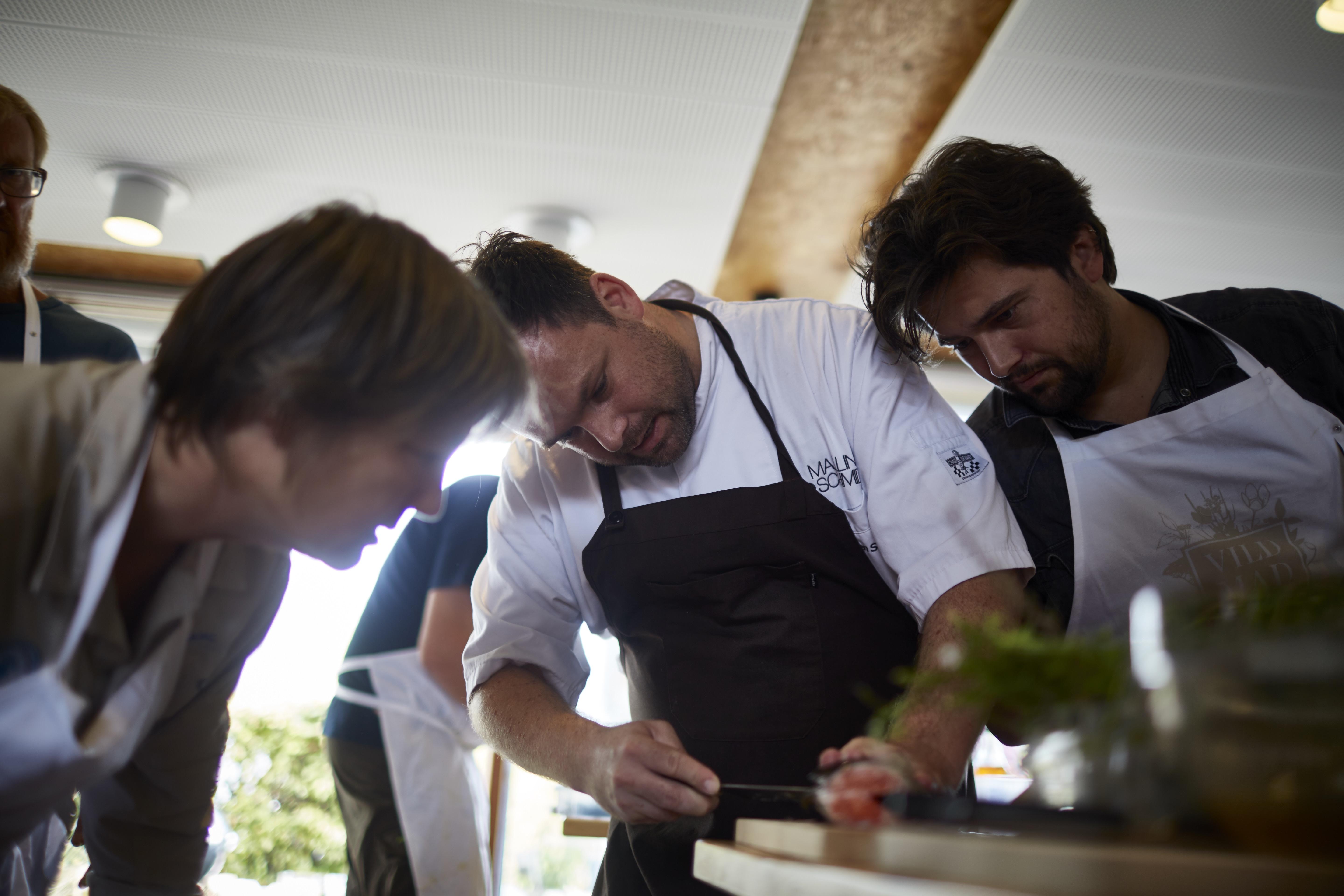
Is this a solution to the shortcomings of our food systems?
No. Foraging for wild food is not a panacea for problems such as climate change, hunger, invasive species or food waste. But there is no silver bullet. Improving our food system will take multiple solutions. Our hope is that by introducing people to the landscape and fostering understanding of and respect for what nature has to offer, we can integrate that understanding and respect into our lives and diets. We believe that one of the biggest issues in dominant global food systems are their tendency to overlook the land, ecosystems and hands that provide what we eat. There are no recipes for building new value systems. But we think one fundamental step is to establish a physical connection with where our food is from, and grasp the cycles of the natural world. Teaching foraging practices to children is one particularly fun and effective way to instil such knowledge and appreciation.
What does wild food bring to the table that other types of food cannot?
Wild food, whether plucked from a sandy shoreline or an unruly thicket, brings a sense of connection to the table that homogenous, cultivated food from a market or grocery store might not provide. Most importantly, foraging for wild food requires time, patience and curiosity. Harvesting wild food employs all the senses. Adding wild food to your daily diet or to a special dish creates an eating experience that is unique in flavours and memories. Wild food also has the potential to encourage children to try foods they wouldn’t otherwise eat — bitter greens and herbs are more exciting if the children find and pick the bounty themselves.
Is this sustainable?
Foraging is sustainable when people only take what they need, and are cognisant of what a particular species needs to thrive year after year. Otherwise, we risk pushing sensitive species to undesirable levels of danger or even extinction. Be sure to do research on sustainable foraging practices for both native and invasive species. More broadly speaking, while a complete transfer to foraging would be unsustainable, foraging grouped with other sustainable food and agriculture initiatives will help us move towards a sustainable food system.
How will this programme expand beyond Denmark?
Vild Mad guides are tailored to the natural landscape of Denmark. However, our guides and website can serve as an important foraging resource, regardless of landscape or country. We hope that our programme will inspire other wild-food models around the world.
This article originally appeared in the Celebration Issue, December 2017. To subscribe contact

